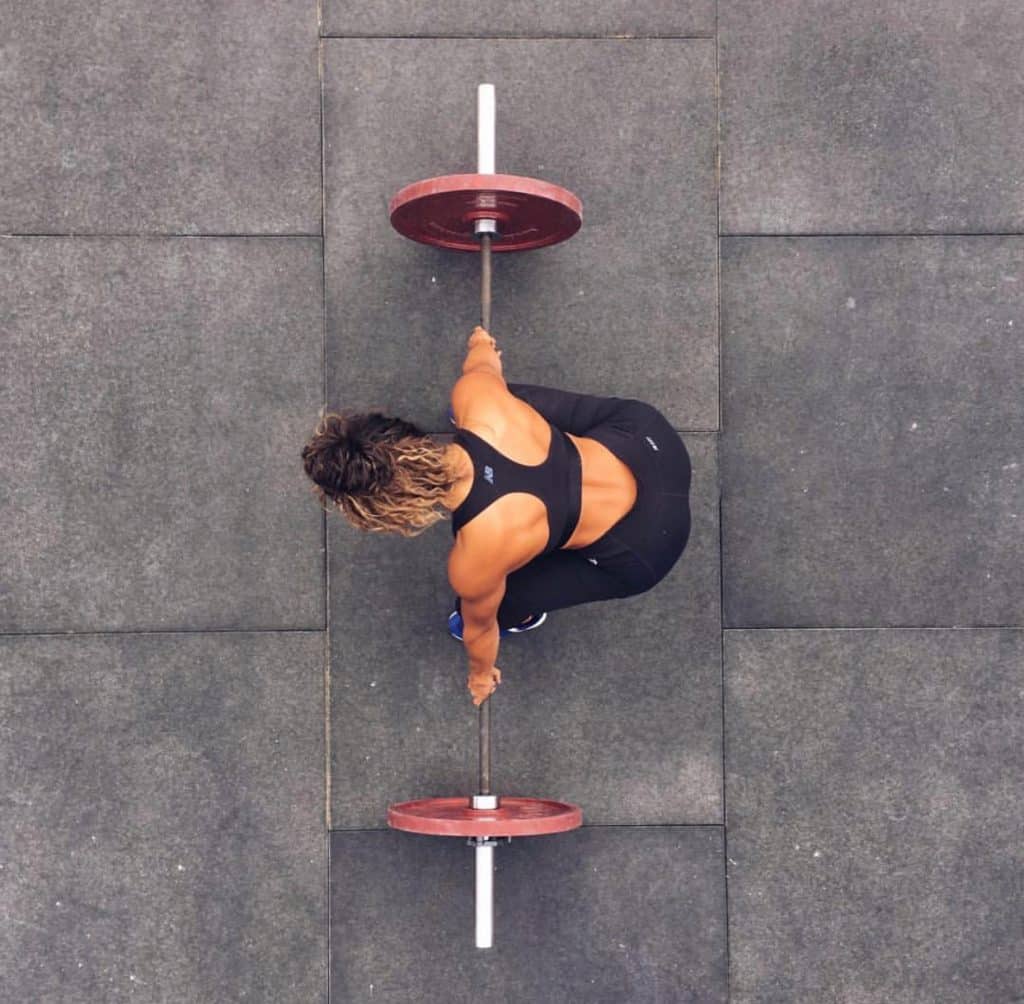Lower back pain felt during a squat may be a sign of poor alignment and form. To correct your alignment when squatting, notice if you are rounding your back, overarching or whether you are lifting too much weight. All these factors may hinder your form and cause lower back pain.
Correct Squatting Form
- When squatting, initiate the movement from your hips and knees, not your lower back. If you round your back you are putting unnecessary and sometimes dangerous pressure on your lower back.
- Leaning forward when squatting is also advised against. To prevent leaning forward when squatting try looking forward instead of looking down at the ground.
- Try rolling out your quads and remedial massage therapy to focus on releasing your piriformis.
- Strong core muscles are essential for protecting your lower back at all times, but especially when squatting.
- Tight upper back, hips and ankles may also cause bad form when squatting.
Yoga gives many people relief for lower back pain. Yoga may also be effective for releasing tightness in your upper back, hips and ankles. There are many yoga poses designed specifically for easing lower back pain, these include: bridge pose, cat and cow pose, chair pose, dolphin plank pose, crow pose, downward facing dog pose.
Always speak to your healthcare practitioner before starting any new exercises or try a private yoga class tailored specifically for addressing your lower back pain.
Try using an ice pack on your lower back for 20 minutes and repeat icing regularly during the day. Try a foam roller on your hips, hamstrings and quads to ease tight lower back muscles.
If your hips are tight your spine can not be supple.
After rolling on the foam roller lie on your back with both knees hugged into your chest. Breathe deeply for a few minutes to gently initiate your tight lower back muscles to release.

